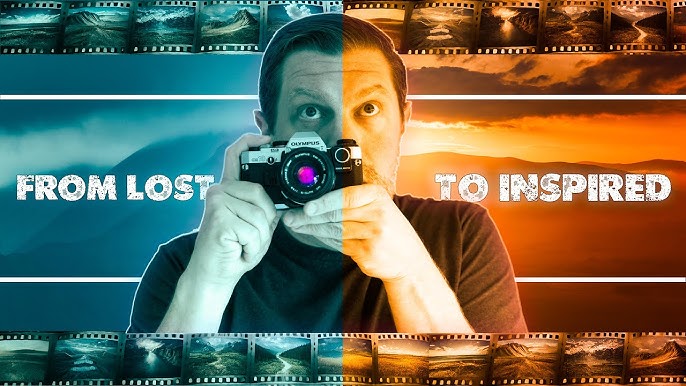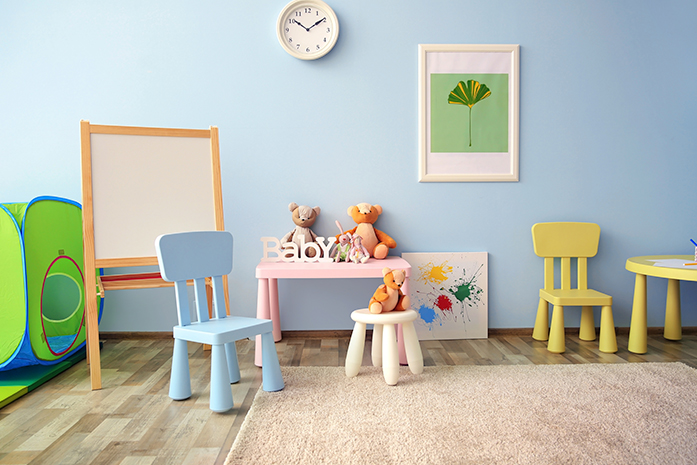Photography has acquired new meanings and perceptions in our contemporary society. It no more remains a hobby of only rich artistic people who want to explore their environment making photographs. Photography has moved at a fast pace from the realms of black and white film and dark room developing to more contemporary technology such as digital cameras and digital dark rooms with cutting edge print technology. Gone are the days when photography was merely limited to a useless and unprofitable past time that was taken up by a few selected people who had time to explore and the resources also to buy expensive cameras and darkroom equipment. Photography has become a full-fledged profession that is followed by anyone with an artistic vision who seriously pursues it as a sincere vocation.
Photography as a profession and serious vocation is being followed by many people around the globe due to the economic restraints of this field being removed with the last ten years but the move toward digital capture. Many budding photographers are trying their talent and aptitude in diverse photographic fields like wedding, corporate, education, mass media, advertising, print media etc. Creative and talented people who aspire to be professional photographers are exploring all these diverse photography fields.
The United States is also witnessing an upbeat scenario in the field of photography. Amateurs as well as seasoned Photographers are exploring their talent and ability in various capacities as wedding photographers, photojournalists, corporate photographers, fashion photographers etc. They are successfully pursuing their individual aspirations as photographers and making their mark in numerous American cities such as, Boston, New York City, Newport and Providence, Rhode Island. The changing populace, beautiful surroundings and healthy economy of these cities have made wedding photography an upbeat profession to be followed here.
Massachusetts and Rhode Island have such beautiful and picturesque surroundings as well as beautiful couples that it inspires photographers to charge up mentally and shoot inspiring pictures of their brides and grooms in beautiful locales such as Boston, Providence, and Newport.
Wedding Photographer
A wedding photographer has to be pliable and very creative in his or her approach. He/she should be able to capture all those magical moments that transpire between them groom and bride without fail or delay. A wedding photographer should be on his toes during the wedding and capture all the stories and moments with great creativity and dexterity. A wedding photographer must be vigilant and anticipate so they do not miss any of the precious moments from being captured.
Photojournalist
A photojournalist is that person who conveys any kind of story in print and online media through the means of pictures shot in the development of a story. Photojournalistic capabilities in a photographer are developed after he or she has worked in media such as newspaper, magazine, e-portal etc. Some times there are also chances to shoot exciting photographs for the editorial sections of any high end magazine that have circulation in wide and diverse sections.
Photography has undoubtedly become a hot and prospective vocation option that is drawing budding and talented photographers towards it and this can only be good news to the brides and grooms looking for talented and creative people to capture their special day.
Photography – Improve Your Photography Skills by Taking a Course
If you want to learn photography from the scratch, or enhance your photography skills, your best bet is a photography course. These courses are packaged to suit your budget and schedule, especially when you are learning photography online. If you are still having issues with obtaining steady quality results with your shots, then you need to learn the basic techniques that guarantee best results always. This is very important if you intend making money with photography. Of course, you will also want to achieve pro results with your shots if you are just photographing for fun.
Inexperienced photographers are often frustrated and disappointed with the outcome of their shots. This frustration comes as a result of being initially carried away by the outcome of the images or pictures produced by the SLR camera; this is particularly true if the photographer in question has just upgraded from a compact camera. Thereand#146;s always an urge to enhance picture quality to pro levels as soon as someone starts producing DSLR quality pictures. However, amateur photographers do not usually realize that production of professional level pictures with most DSLR cameras is not dependent on the camera but on the photographer.
You can take great shots with a DSLR camera; but you need to learn to go beyond shooting with the automatic mode to put the camera into its full capacity. Using a camera in an automatic mode is equivalent to having it in its configured software state. Your eye is two times sensitive as the sensor of a camera. This accounts for our ability to view exact picture of the world around, and the reason for the significantly increased poor outcome of images when the automatic mode is used.
Therefore, whether you are just starting photography or learning to master digital photography, one of the most excellent ways to go about it is to take a photography course. These courses are flexibly packaged to suit your schedule and budget. You can learn photography online sitting at your home and still achieve the same or even better result as someone learning photography conventionally.
Photography Techniques are Acquired through Learning
Although you can take better photographs now (thanks to digital camera age), there is still need to acquire good photography techniques through learning. This is the best way you can get steady quality results with your photography profession. You can decide to be doing point and shoot, and get hopeful that the outcome will be pleasant. But, is it not better to acquire permanent techniques that will ensure that you achieve best shots always without speculating the outcome of your shots? Understanding basic photography techniques is the assured way to achieving amazing shots and entering into glamour photography.
Being armed with the right photography techniques has an added advantage of putting you in control of the shots always, so that you can reproduce best shots repeatedly. Lighting techniques in photography is an important aspect of photography that you must get right; it helps in determining the quality of your shots.
If you are just starting photography, or trying to get more skilful in digital photography or general photography, it is highly recommended that you take a photography course.
Photography and Camera Vocabulary Explained
Read on for more explanations of some of the most common and useful terms.
Aperture
All cameras have a diaphragm inside them that can change size to admit more or less light. This is very similar to how the human eye works a circular opening that changes size depending on light levels. For many, the most confusing part about aperture is the nomenclature used. This is quoted in what are commonly referred to as ‘f-stops’. To better explain, a smaller f-stop number such as f/1.8 means the aperture will open wider while a larger f-stop number such as f/22 means the aperture will open very slightly. Unless it is an SLR, your camera will have a range of available f-stops, for example f/2.8-f/8. This means that the widest the aperture can open is f/2.8 and the narrowest, f/8.
Sensor
Your digital camera contains a light-sensitive panel that records the light that hits it when you press the button to take a photo. This performs the same function that film does in older cameras. The sensor remains hidden behind the closed shutter (see below) and is only exposed when a photo is taken. Your camera records the light hitting the sensor when you take a picture, and stores the result on the memory card in the camera.
Shutter Speed
A cameras shutter sits just in front of the image sensor. It is normally closed so that no light is getting through to the sensor, but when you press the button, it opens for a certain length of time to expose the sensor to light. The shutter in most cameras will be comprised of two curtains. For longer exposures, the whole sensor might be exposed for a period of time before the second curtain closes it. In the case of fast shutter speed however, the first curtain opens only a tiny gap between it and the second curtain, and travels across the sensor with the second curtain following close behind. The speed of the shutter is expressed in whole seconds as well as fractions of a second. A shutter speed of 1/640 means the shutter will open and the sensor exposed for only one-six-hundred-and-fortieth of a second.
Exposure
The term ‘exposure’ refers to exposing the sensor or film to light in order to take a photograph. In addition, a photograph is referred to as an ‘exposure’ for this reason. When you take a photograph, how much light the light-sensitive part of the camera is exposed to is determined by the aperture and shutter speed settings, as explained above. Darker conditions will require an exposure with a lager aperture setting, a slower shutter speed, or both. The term ‘correct exposure’ refers to the approximation of what could be seen by the photographer’s naked eye at the time of the photograph, however this is truly a matter of taste. It is possible however, to take a photo in the dark of night at a shutter speed so long that the photo appears to have been taken in the daytime.
Discover more from Personal Blog of Richard Tong
Subscribe to get the latest posts sent to your email.





I cannot thank you enough for the post.Thanks Again. Really Cool.
Hi! This post couldn’t be written any better! Reading through this post reminds me of my previous room mate! He always kept chatting about this. I will forward this write-up to him. Pretty sure he will have a good read. Thank you for sharing!
Very good blog post.Much thanks again. Cool.
Generally I don’t read article on blogs, but I wish to say that this write-up very pressured me to check out and do so! Your writing style has been surprised me. Thanks, quite nice post.
I relish, result in I discovered exactly what I was takinga look for. You’ve ended my 4 day long hunt!God Bless you man. Have a great day. Bye
Fantastic post. Want more.
I am so grateful for your post.Thanks Again. Really Great.
Looking forward to reading more. Great blog article.Thanks Again. Cool.
Major thankies for the post.Really thank you!
A round of applause for your blog post.Thanks Again. Really Cool.
Wow, great blog article. Fantastic.
Really appreciate you sharing this article post.Really looking forward to read more. Really Cool.
Thanks for sharing, this is a fantastic blog article.Really looking forward to read more.